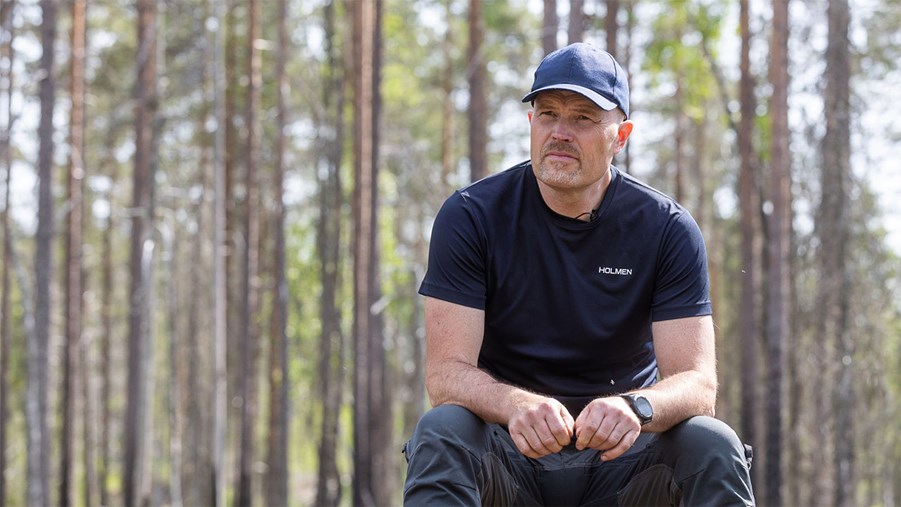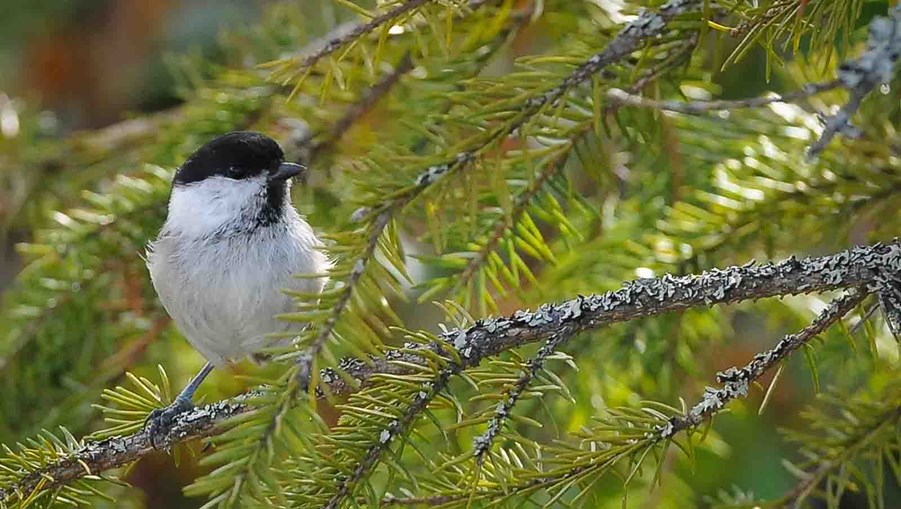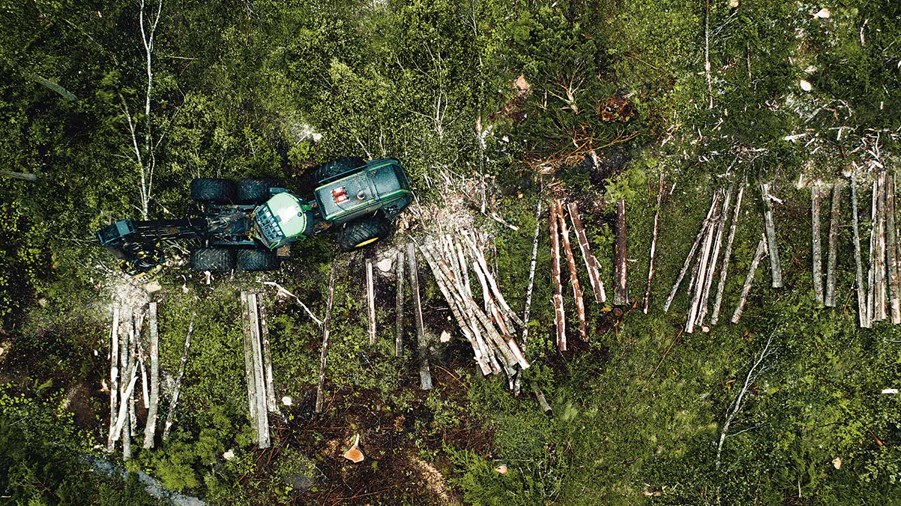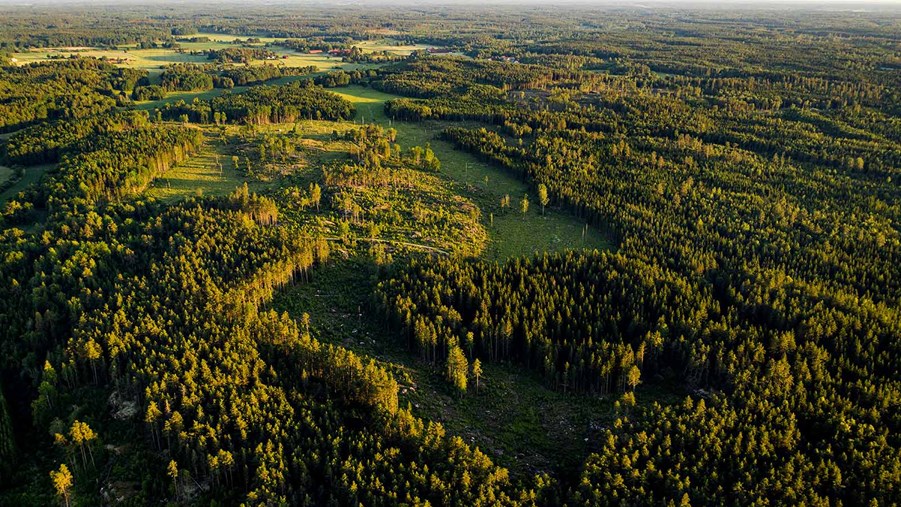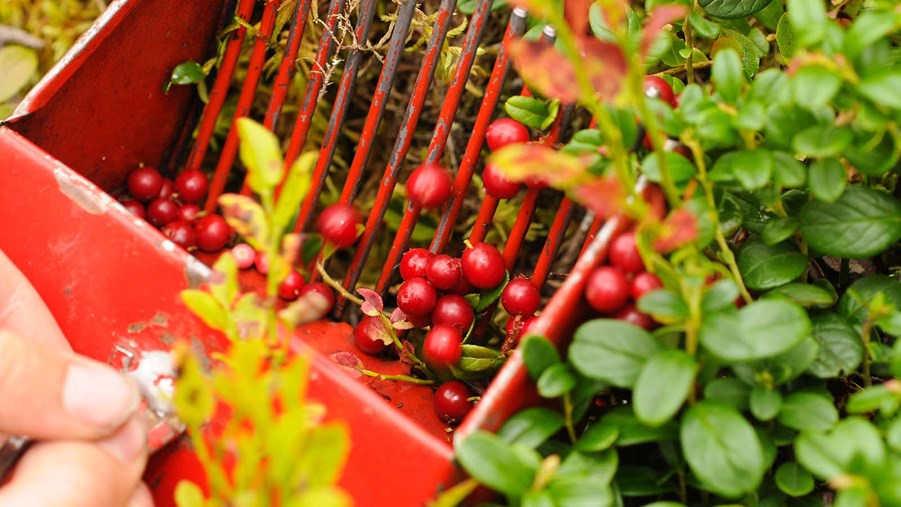
The EU’s regulation on nature restoration risks conflicting with climate benefit objectives that require increased forest growth. Do we have to choose one or the other?
“I’m convinced that we can maintain and even improve biodiversity while actively using forests,” says Jan Åhlund from Holmen Skog, one of Sweden’s largest forest owners.
At the end of 2023, the EU reached agreement on its new regulation on nature restoration. All of the EU’s land and sea areas that require restoration are to be subject to restoration measures no later than 2050. The legislation is intended to protect biodiversity. Of Sweden’s total of 28 million hectares of forest land, around 25 per cent is currently excluded from forestry in various ways. In order to comply with the new targets, Sweden will need to take restoration measures in already protected areas and possibly introduce protection for more land and water areas.
Debate on the issue has been heated. Some want to protect even more forest, while others argue that forests not used for the long term have less capacity to absorb carbon dioxide, bringing climate goals and biodiversity goals into conflict with one another.
“Leaving forests untouched is not the way forward,” says Åhlund, Strategic Communicator at Holmen Skog, who has a background as a forestry manager at the same company.
“Achieving climate goals is often set against maintaining biodiversity. These two things don’t have to be in conflict. I’m convinced that we can maintain and even enhance biodiversity by actively using forests,” he adds.
The importance of using forests
Uncultivated forests generally favour species that want continuity, while species that depend on disturbance may be disadvantaged. In unused forests, for example, certain tree species, such as spruce, thrive more over others.
“As trees age, forests become more problematic and harder to be in, with reduced carbon absorption over the long term and greater vulnerability to fire, storm damage, and disease,” says Per Simonsson.
Together with Mats Hannerz, Simonsson has investigated the state of Swedish forests from a biodiversity perspective. They have extensive experience in academia and have worked with nature conservation and research for nearly 50 years. The result of their most recent collaboration was their “Biodiversity in forests: conditions, trends and environmental work” report. The purpose of the project was to present facts about current conditions, highlight work being done to improve biodiversity and identify knowledge gaps.
Simonsson wants to see more dead wood, as this is a key factor in nature conservation. But he warns at the same time that this type of forest is not suitable everywhere.
“Admittedly, the benefit of a completely unused forest is that the proportion of dead wood and the number of really old trees increases, which benefits many species with poor dispersal abilities. The only problem is that a forest with a lot of dead wood becomes challenging and dangerous to be in. This creates a clear conflict between biodiversity and the enjoyment of nature. So, it is important to have different goals for different forests, where we above all create untouched reserves where recreation is not their primary purpose,” Simonsson explains.
The importance of disorder
In the past, approximately one per cent of Sweden’s forest land was burned annually. This typically meant that land burnt about once every 100 years. Some areas were of course affected more often than others. In 2018, the year of a major fire in Sala, 25,000 hectares of forest were destroyed by fire in Sweden – 10 times more than in a normal year – although historically, this is a low number.
“If we didn’t fight forest fires, didn’t manage our forests and let nature run its course, fires would consume 250,000 hectares of forest land every year. This is 10 times more than the amount of forest lost in 2018. No one wants this. With effective firefighting in the past century, we have more or less reduced fires to a hundredth of their number compared to previously,” Simonsson says.
Mimicking fires
“What is harvested today corresponds to the amount of area previously destroyed by fire. To protect biodiversity, we try to imitate fires by leaving live trees and dead wood,” says Åhlund.
“There are of course species that are also disadvantaged by this. In such cases we have to create reserves and voluntary measures or implement special action programmes. For most species this is sufficient. However, we also need to learn more about biodiversity and the conditions necessary for it to flourish. The need for knowledge is considerable,” Åhlund adds.
The EU’s nature restoration regulation
In November 2023, the European Commission concluded a preliminary agreement on nature restoration. The regulation is part of the EU’s strategy for biodiversity and contains a number of binding, time-specific goals and obligations for EU member states regarding the restoration of various types of ecosystems.
The regulation has triggered heated debate in Europe. Five countries – Finland, Italy, the Netherlands, Poland, and Sweden – have said that nature restoration should be managed at national level and not by the EU. The EU institutions have now agreed on a compromise. The regulation will not enter into force until mid-2024 at the earliest. Read more about voluntarily set aside and protected forests here.
